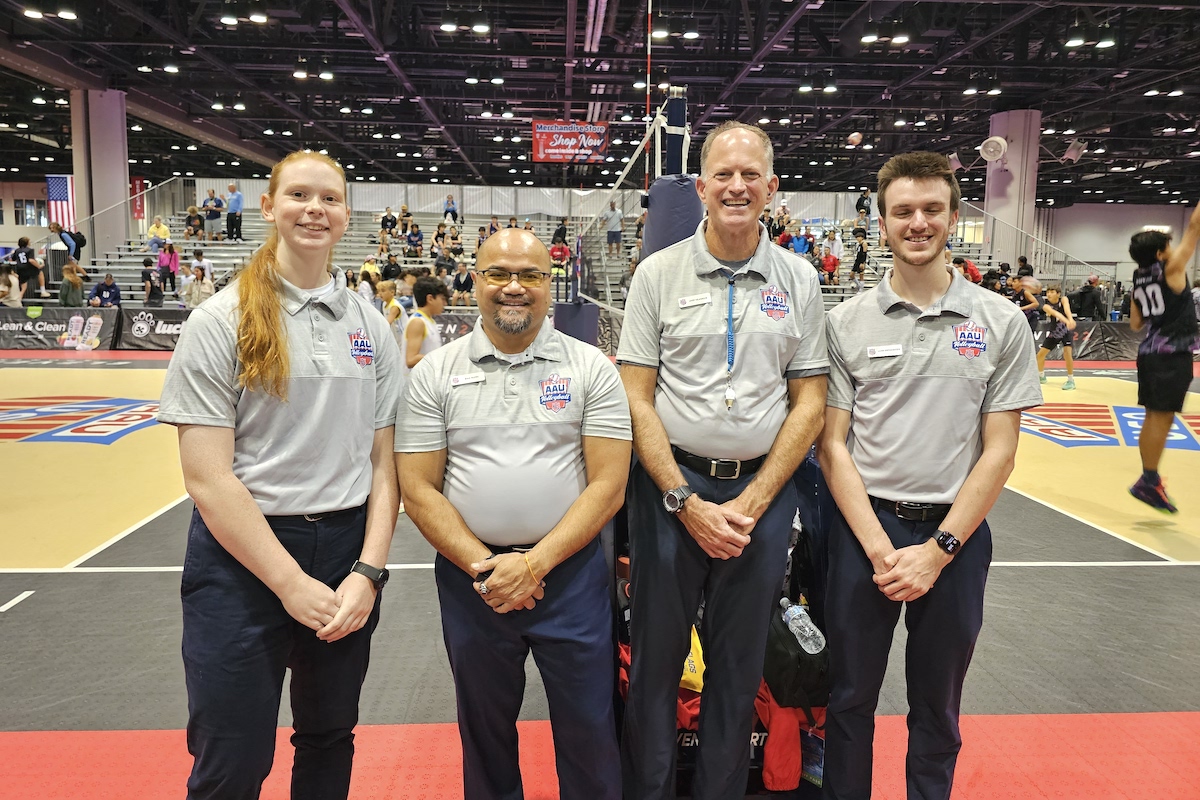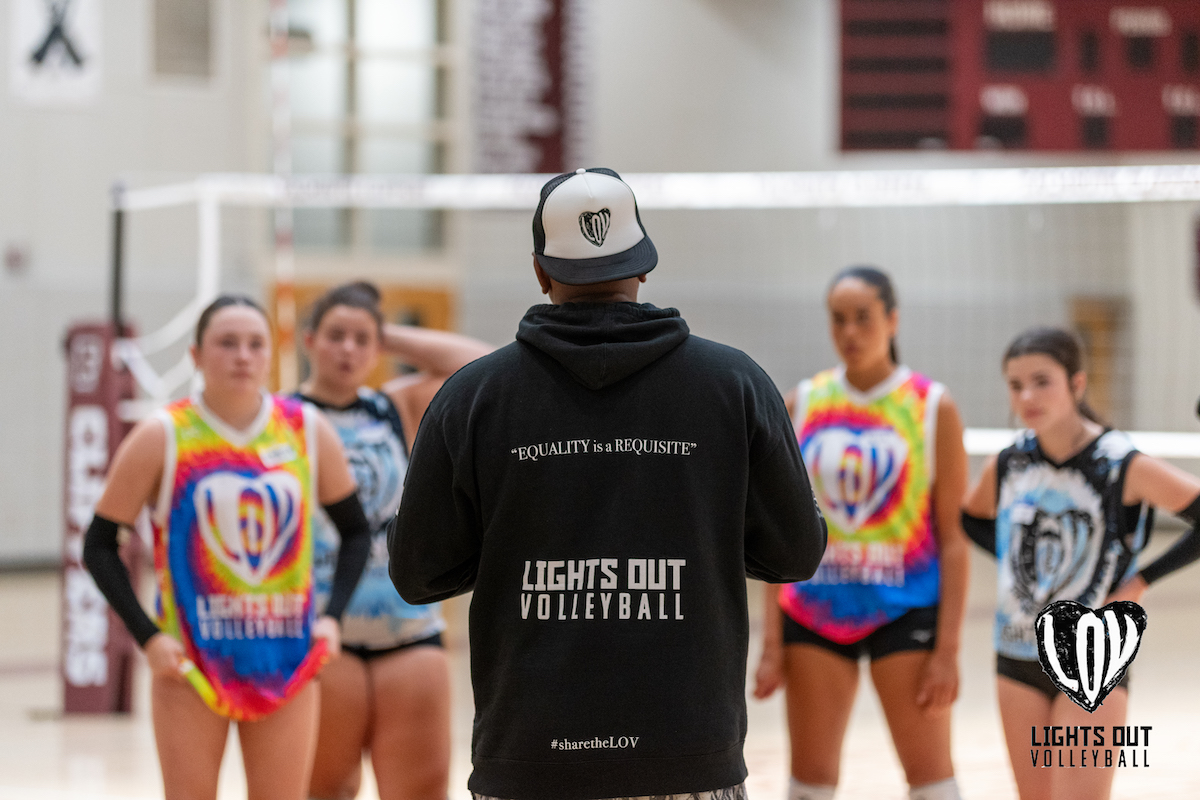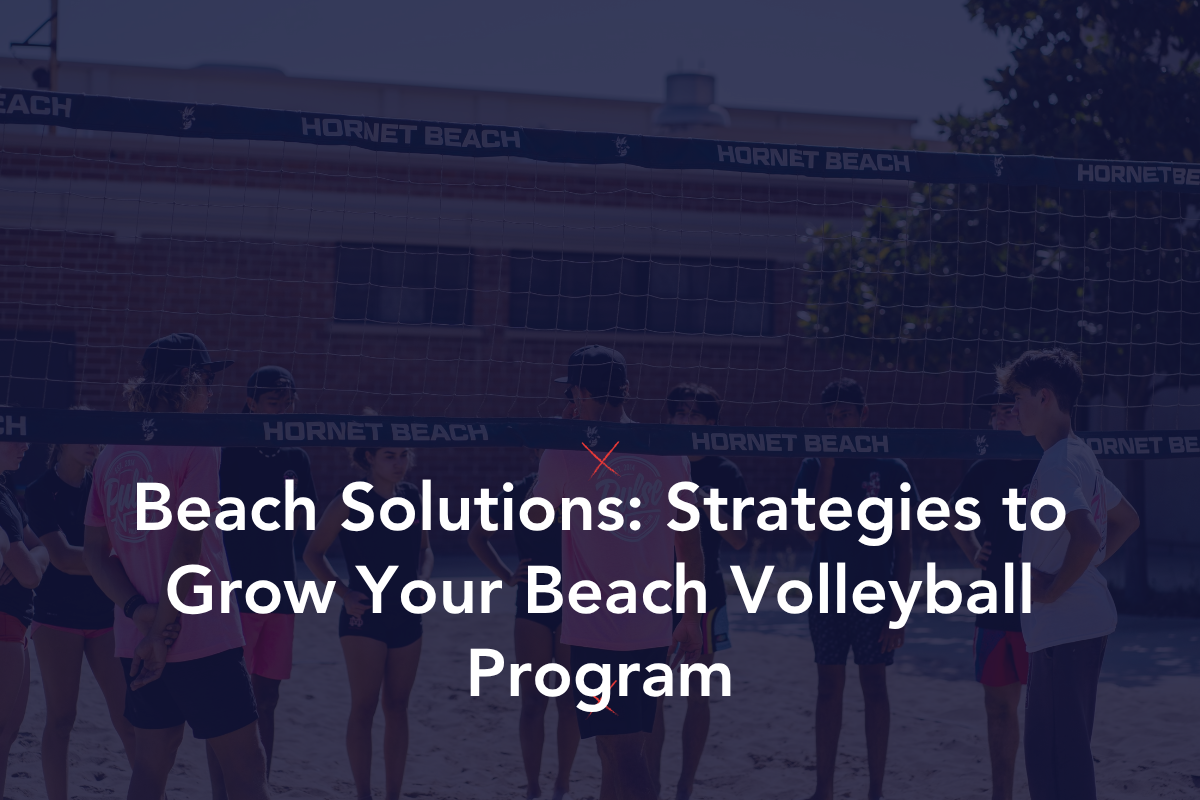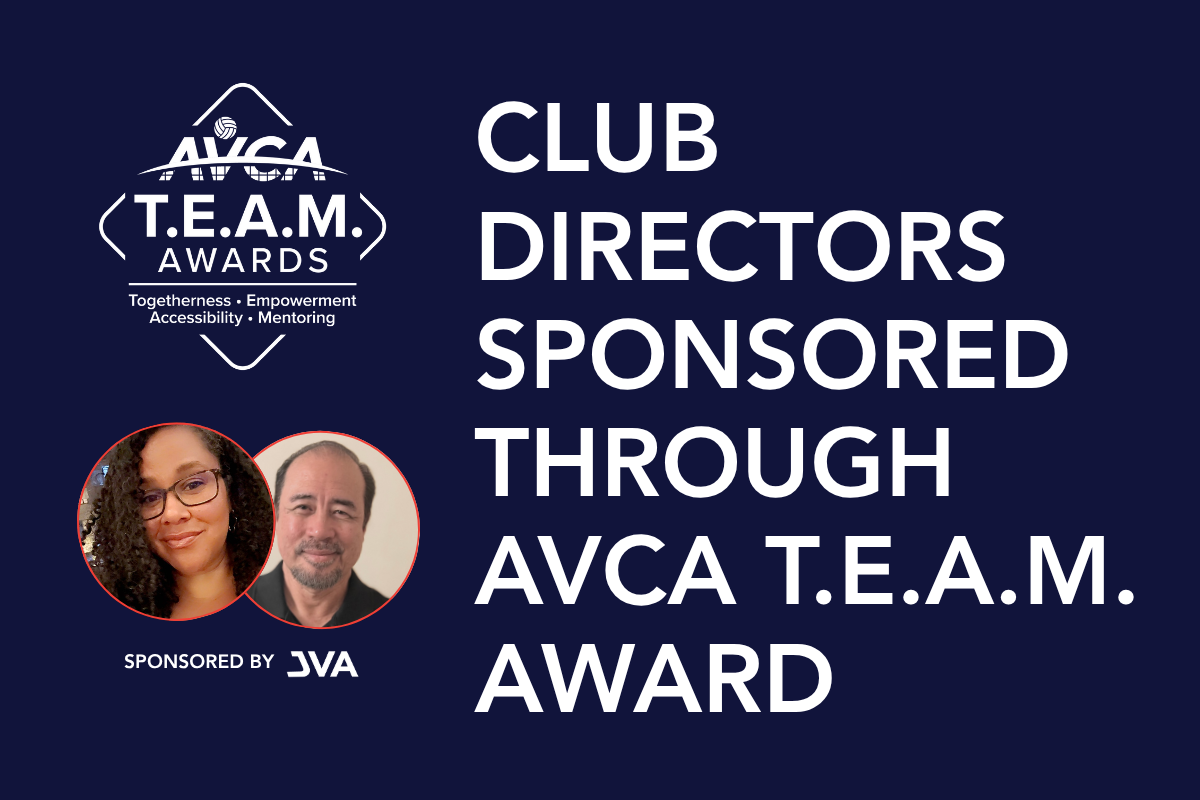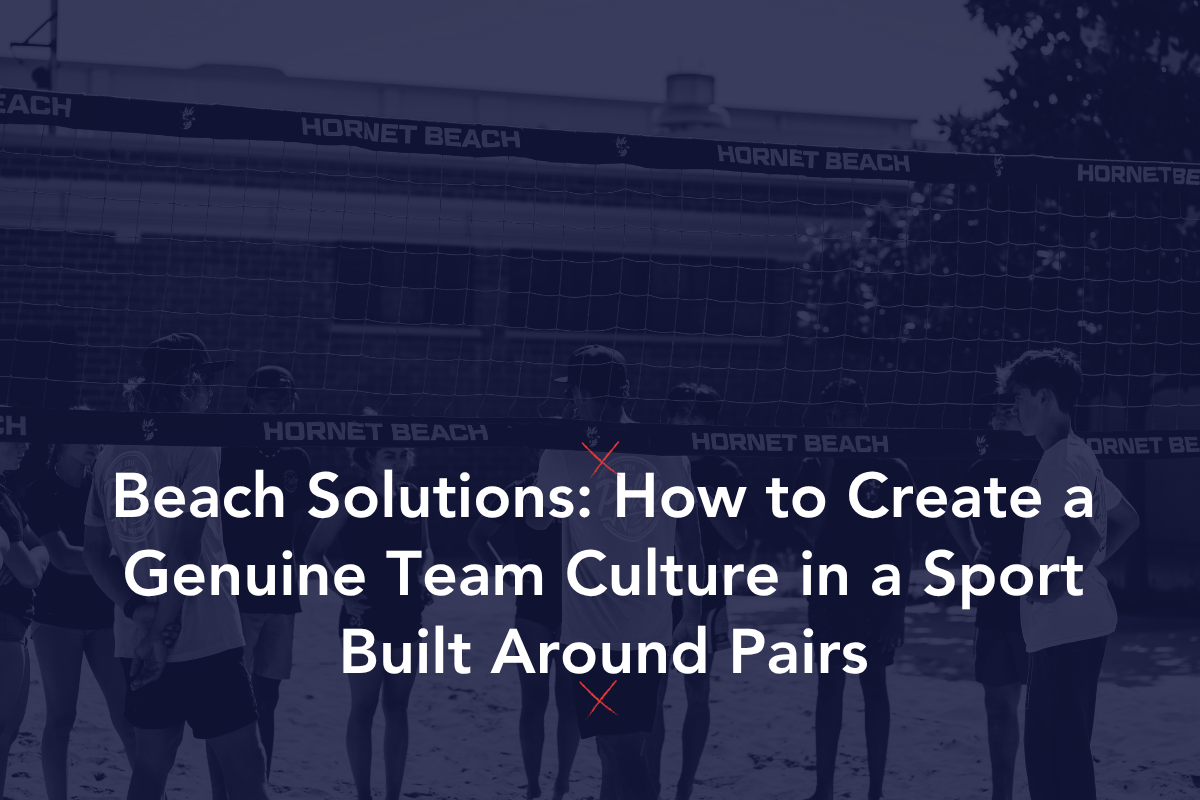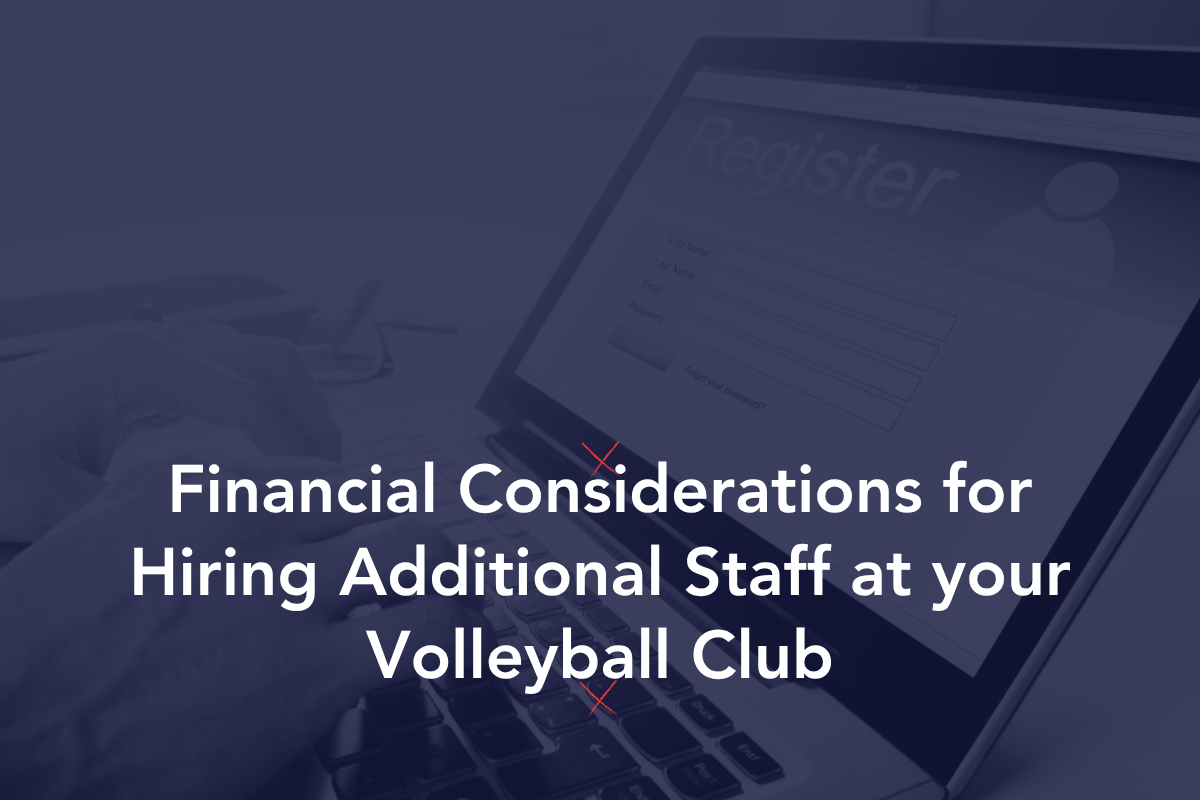Many junior volleyball clubs are coming to the realization that the large scale tournaments we are accustomed to may not be possible in the near future. In states where the phases of re-opening began earlier and restrictions have been lifted, some clubs are exploring options to get back in the gym.
It is improbable that any of us will restart and go back to ‘normal’ – our pre-COVID-19 state. The likelihood is high that the coronavirus will remain among us for quite some time so it’s important for clubs to have a well constructed plan to host a smaller event in a safe and responsible way. The purpose of this article is not to tell you when or why to host an event, but simply to help Club Directors and Tournament Hosts create a plan for hosting once you deem it appropriate for your given situation.
One recent survey showed that only 52% of parents said they were extremely or slightly comfortable with their child participating in travel, elite and club competitions against teams located outside of their city or county when activities resume. In response, clubs are looking to start localized/regionalized competition in a safe environment.
Circle City Club Director Scott McQueen, along with a few directors from the Midwest and Mideast have been collaborating on a potential competition schedule for the middle to end of June 2020.
“I am excited about how our practices will look at first, but know deep down that we will need a competition ‘fix.'” shares McQueen.
The schedule would be similar to what NCAA conferences are working toward for the Fall with “travel pods,” or groups of teams that travel a short distance to play two best of 5 matches one day, then two more the following day for a total of four matches.
“It’s a little unique from how we normally do things, but as many of you understand, normal does not exist right now, and being able to adapt to give our kids some competition options while trying to maintain safety is something we are all seeking” adds McQueen.
Scott began by reaching out to the clubs who participated in the league to gauge their interest. Specifically he wanted to know 1) if the club was interested and to what level (ie: not willing to travel to certain locations, only want to do a local competition level, etc.) and 2) how many teams would be interested, along with the team’s level (ie: 15-1, 16-3, etc.). A few states have extended some of the shut downs so some of the clubs in those states have closed for the year, but overall directors (and their coaches and families) are very interested.
If possible, competition would tentatively start the week of June 14th, and travel pods would play in their own general area. For example, Indiana teams would play Indiana teams, Michigan teams would play Michigan teams, Kentucky teams would play Kentucky teams, for example, in order to get started without the concern of traveling out of state. The duration of the “season” would be dependent on the number of teams interested, but will potentially span a three to five-week schedule.
The schedule will be very flexible with input from all sides, and logistics will be determined by who is interested. Here is an example schedule. The second team is always the home team. The idea is when teams do travel, they’ll get 4 matches in 2 days, with ideally only one hotel night.
Here are some basic format and facility considerations for competition that can allow for teams to play this season while minimizing the numbers on the courts and in the building:
- Best of 5 matches with no work teams, just up and down officials.
- Officials will be in charge of the scoreboard, but no score sheets will be used.
- No charge to play, but officials will be covered by admission. If this is in the negative, it will be shared by the group, if it’s positive, it will also be shared by the group
- Each facility will have to agree to a minimum safety protocol (being developed)
- No concessions or water fountains
- Only 1 spectator per family, no substitutes either. ie. Susie can’t bring 2 parents just because Katie isn’t bringing any.
- Matches (and warmups) will be videoed/live-streamed for colleges.
- In the early stages of reopening facilities are typically allowed to be at 25-30% capacity or one person per 100-125 square feet, which is roughly no more than nine people per one volleyball court (900 sq. ft).
- Directors will need to abide by their local and state regulations for reopening, and should review the CDC’s Considerations for Youth Sports.
Considerations and modifications for the future:
- Tournament organizers can begin to look at different formats to ensure tournaments can continue to offer a high level of competition, while making sure match guarantees can still be met.
- Due to a potential loss of courts depending on the venue size and regulations, tournaments may be forced to accept less teams.
- Directors can consider three team pools with a crossover or playing pools out into two days to allow for more time in between waves and insure court and ball cleaning can be done. Here is a technology that can be utilized to clean and sanitize the equipment and balls.
- Directors can consider power pooling the top teams to allow for more equal/matched competition given that event numbers and time might be lower next season.
- Understand and abide by the state and local directives in place for mass gatherings.
- Eliminate paper tickets and wristbands, and incorporate facial recognition for the admission process.
- The number of courts allowed within the available exhibit space may be less since there may need to be more space in between courts.
- The number of spectators and spectator chairs allowed on and around each court.
- Screening process for individuals entering the facility.
- Contact tracing for athletes and mask requirements.
- Protocol and response plan if someone becomes sick during the event.
JVA Business Solutions articles address important decisions that club directors are currently faced with, and JVA will work to provide information regarding those decisions that pertain to clubs across the wide spectrum of organizational and operational structures that clubs operate within. If there is information you are currently looking for or an issue that you would like some guidance on related to your junior volleyball club and/or events, please contact members@jvavolleyball.org and we will be happy to assist you.
For related reading and resources visit the COVID-19 Club Resources page.
This article is a collaboration with Scott McQueen, Club Director of Circle City Volleyball Club (Indianapolis, IN) and JVA member, and Steve Bailey, JVA Director of Events.




